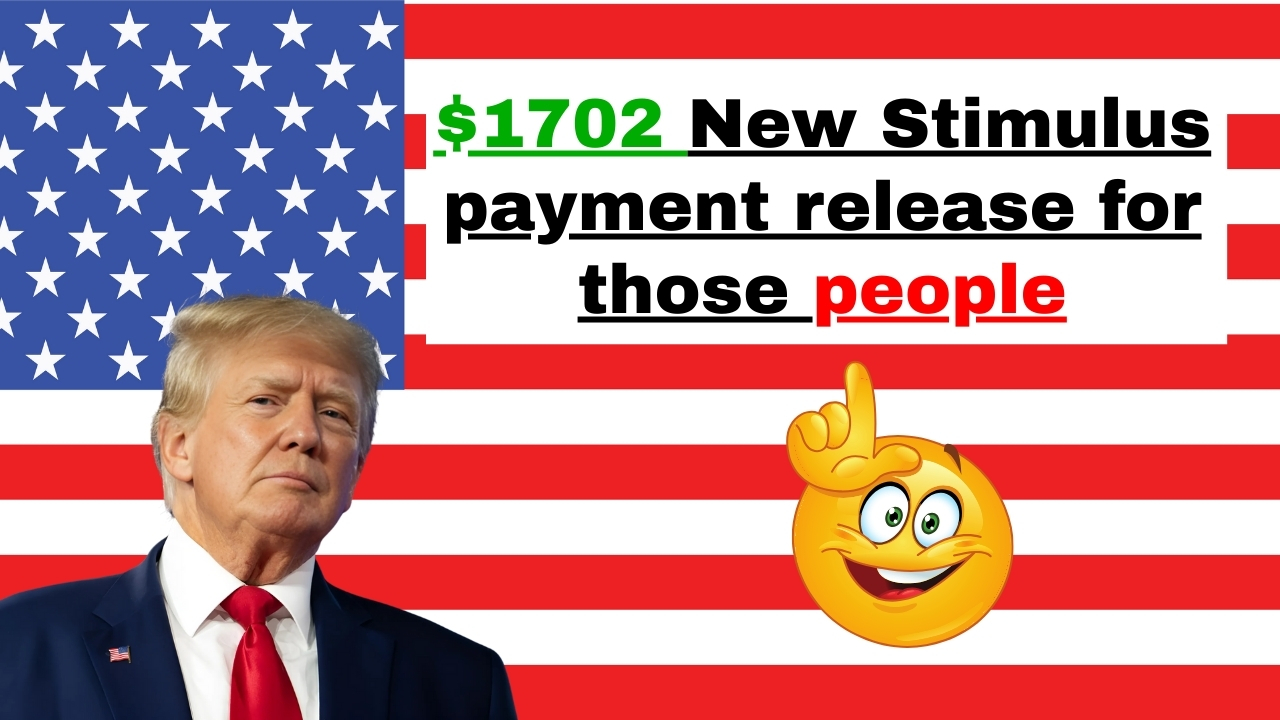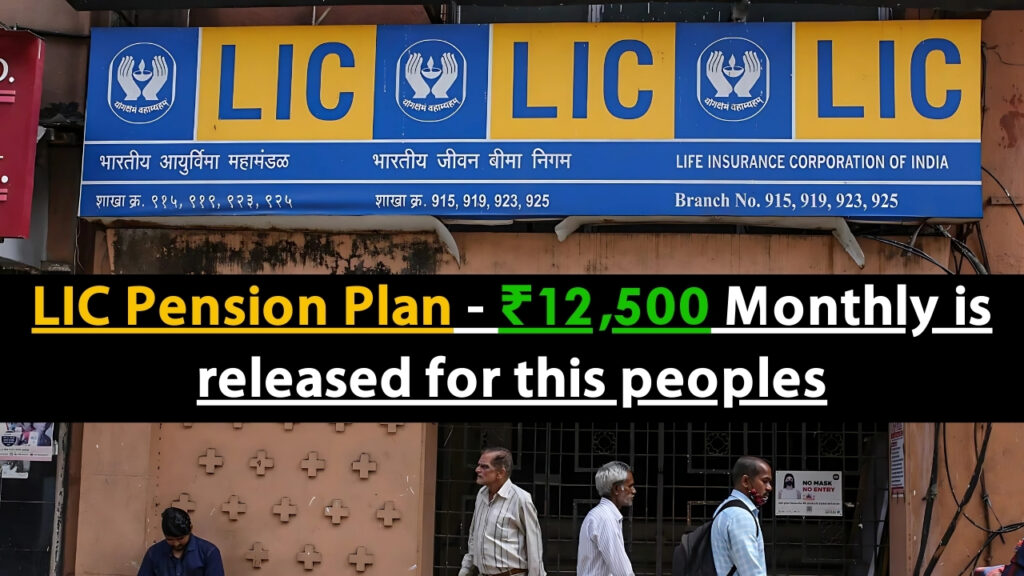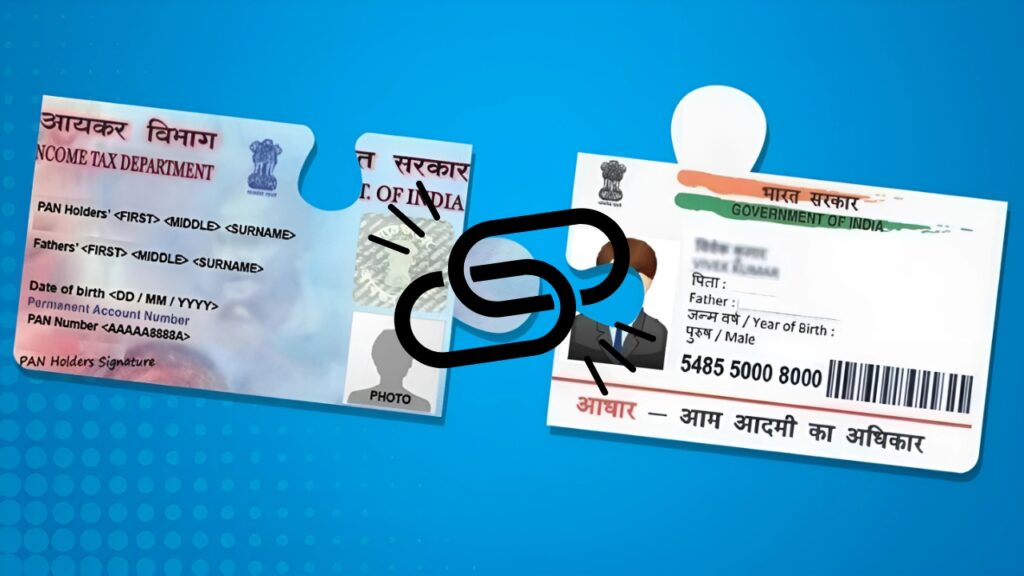New Stimulus payment : As economic pressures continue to impact households across America, a targeted financial relief measure has been implemented to provide support for specific groups of citizens.
A new round of stimulus payments totaling $1702 has begun rolling out to eligible recipients, with distribution scheduled throughout spring and early summer 2025.
Unlike previous broad-based stimulus programs during the pandemic, this targeted relief focuses on several specific demographics facing particular economic challenges in the current environment.
The payments, officially designated as Economic Adjustment Credits (EACs), represent a response to persistent inflation concerns and rising costs that have disproportionately affected certain populations.
While not as widely publicized as previous stimulus programs, these payments provide meaningful support for those who qualify.
Understanding eligibility requirements, distribution timelines, and proper application procedures is essential for potential recipients.
Table of Contents
New Stimulus payment Who Qualifies for the $1702 Payment?

Eligibility for the new stimulus payment is considerably more targeted than previous rounds. According to Treasury Department guidelines, the following groups may qualify:
Social Security Beneficiaries with Specific Criteria
Recipients of Social Security retirement benefits born between 1955-1964 who have received benefits for at least 24 months and whose monthly benefit falls below certain thresholds may qualify automatically.
This specifically affects beneficiaries receiving between $1,100 and $1,750 monthly who have not received cost-of-living adjustments sufficient to offset inflation impacts in specific categories.
Martha Jenkins, a 66-year-old retiree from Ohio, describes her experience: “I received notification through my online Social Security account last month.
The message explained that based on my benefit level and duration of retirement, I qualified for this additional payment. It’s making a significant difference with my prescription costs, which have gone up dramatically.”
New Stimulus payment Veterans with Qualifying Service Periods
Veterans with service-connected disabilities rated at 10-30% who served during specific deployment periods (1990-1995, 2001-2010) may be eligible based on a complex formula that considers service duration, current VA benefit levels, and household size.
Robert Turner, a Marine Corps veteran from Georgia, explains: “The qualification process wasn’t straightforward.
I had to provide documentation showing my service periods matched the specific dates in the program requirements. After submitting my DD214 and current VA benefit statement, approval took about three weeks.”
New Stimulus payment Working Families Meeting Income Parameters
Families with at least one working adult who filed taxes for 2023 and 2024 with adjusted gross incomes between $35,000 and $50,000 (single filers) or $65,000 and $85,000 (joint filers) may qualify if they have dependent children under 17.
Additional requirements include consistent employment during 2024 with at least 30 hours weekly average work hours.
“We weren’t expecting to qualify for anything,” says Jennifer Martinez, a healthcare worker from Arizona. “The notification came through the tax preparation service we used.
Apparently, our income level, combined with having two children and my consistent work history in an eligible sector, meant we met all criteria.”
New Stimulus payment Affected Workers in Targeted Industries
Employees in sectors significantly impacted by recent economic shifts—including hospitality, transportation, healthcare support roles, and certain manufacturing categories—may qualify if they experienced at least two months of reduced hours (but not job loss) during 2024 while maintaining employment status.
Michael Williams, who works in hotel services in Nevada, shares: “When our occupancy rates dropped last summer, many of us had our hours cut by 30-40% for nearly three months.
This payment helps make up for some of that lost income, even though we weren’t technically laid off.”
New Stimulus Payment Distribution Schedule and Dates
The distribution of these stimulus payments follows a structured schedule based on recipient category and processing systems. Understanding these timelines helps eligible recipients plan accordingly:
Social Security Beneficiary Schedule
Payments for qualifying Social Security recipients began processing on March 15, 2025, with distribution continuing through April according to a schedule based on birthdate:
-
Birth dates 1-10 of the month: Payments processed March 15-22
-
Birth dates 11-20 of the month: Payments processed March 23-30
-
Birth dates 21-31 of the month: Payments processed April 1-8
Margaret Chen, a retirement benefits counselor, notes: “These payments follow a similar distribution pattern to regular Social Security deposits.
Recipients should expect their payment to arrive in the same manner as their typical benefits—direct deposit for most, or physical checks for those without banking information on file.”
Veterans Affairs Recipient Schedule
The VA has implemented a phased distribution approach beginning April 10, 2025:
-
Veterans with last names A-G: Payments processed April 10-17
-
Veterans with last names H-O: Payments processed April 18-25
-
Veterans with last names P-Z: Payments processed April 26-May 3
“The VA system requires more manual verification than Social Security,” explains veterans’ advocate James Wilson.
“This explains the slightly delayed start date and longer processing window. Veterans should ensure their contact information is current in the VA system to receive notification.”
Working Family Distribution
Eligible working families will see payments distributed through the IRS system beginning May 1, 2025, with processing expected to continue through May 31.
Unlike the birth date or alphabetical systems used for other categories, this distribution operates on a first-completed-verification basis.
Tax professional Sophia Rodriguez explains: “The IRS needs to verify 2024 employment records and current dependent status, which requires cross-reference with multiple databases.
Once verification completes, payment typically follows within 7-10 business days.”
Industry Worker Schedule
Payments for qualified workers in targeted industries began processing on March 25, 2025, with expected completion by June 15. This extended timeline reflects the complex verification process required:
-
Transportation sector workers: March 25-April 15
-
Hospitality workers: April 16-May 10
-
Healthcare support workers: May 11-May 31
-
Manufacturing workers in qualifying categories: June 1-15
Labor economist Dr. Thomas Lee notes: “The industry-specific verification requires coordination between the Department of Labor, employer reporting systems, and state workforce agencies.
This multi-step process explains the extended timeline compared to other recipient categories.”
New Stimulus payment How Payments Are Delivered
The $1702 stimulus will be distributed through three primary methods:
Direct Deposit
Approximately 83% of recipients will receive funds via direct deposit to the bank account on file with their corresponding benefit system or tax records.
These electronic transfers typically become available in recipient accounts within 1-3 business days after processing.
“Direct deposits remain the most efficient delivery method,” notes banking analyst Patricia Donovan.
“Recipients should verify their banking information is current in the relevant system—whether that’s the Social Security Administration, VA, or IRS portal.”
Physical Checks
For approximately 12% of recipients without banking information on file, physical checks will be mailed to the address on record. These checks typically require 7-14 days for delivery after the processing date.
“Mail delivery timeframes vary significantly by location,” warns financial counselor David Thompson.
“Recipients expecting physical checks should monitor their mail carefully, as these items can be targets for theft.”
EIP Cards
The remaining 5% of recipients may receive Economic Impact Payment (EIP) cards—prepaid debit cards loaded with the stimulus amount.
These are typically issued in cases where both direct deposit information is unavailable and there have been previous issues with physical check delivery.
“EIP cards provide a secure alternative for those without traditional banking relationships,” explains consumer advocate Maria Gonzalez.
“However, recipients should carefully review the enclosed instructions to avoid unnecessary fees whenNew Stimulus payment application process accessing their funds.”
New Stimulus payment Verification and Application Process
Unlike previous stimulus programs that provided payments automatically to most eligible recipients, this targeted program requires verification and, in some cases, direct application:
Automatic Qualification Categories
Social Security recipients and most VA beneficiaries who meet eligibility criteria will be identified automatically through existing records.
These individuals should receive notification through their online account portals or by mail approximately 15-30 days before their scheduled payment.
Required Application Categories
Working families and industry-specific workers typically need to complete a verification form through the Economic Adjustment Credit Portal (EACP) at treasury.gov/eacp.
This short application confirms eligibility by cross-referencing existing tax and employment records.
“The verification process typically takes 10-15 minutes,” notes government services navigator Jason Park.
“Most information is pre-populated based on existing records, but applicants must verify its accuracy and provide any missing details.”
What To Do If You Believe You Qualify But Haven’t Been Notified
For individuals who believe they meet eligibility requirements but haven’t received notification or payment according to the expected schedule, several options exist:
-
Check your status through the appropriate system portal (my.ssa.gov for Social Security recipients, va.gov for veterans, irs.gov/eac for tax-related categories)
-
Verify that your contact information and direct deposit details are current in all relevant systems
-
Call the dedicated Economic Adjustment Credit hotline at 1-877-XXX-XXXX (Monday-Friday, 8am-7pm local time)
-
Visit a local office of the corresponding agency if online and phone options don’t resolve the issue
Financial advisor Rebecca Johnson emphasizes patience: “These targeted payments require more complex verification than previous stimulus programs.
If you believe you qualify, first check your status through the appropriate online portal before assuming you’ve been overlooked.”
New Stimulus payment Looking Ahead: Will There Be Additional Payments?
While the current $1702 payment represents a significant support measure for those who qualify, questions naturally arise about potential future assistance.
Government sources indicate this targeted approach may represent a new model for economic support rather than the broad-based stimulus measures seen during the pandemic.
Treasury Department spokesperson Mark Williams stated in a recent press briefing: “This program reflects a more surgical approach to economic support, directing resources to specific groups demonstrating particular need based on comprehensive economic data.
Future assistance, if necessary, would likely follow similar targeted parameters rather than universal distribution.”
Economists suggest this model may prove more sustainable for addressing economic challenges without contributing significantly to inflationary pressures.
For now, eligible recipients should focus on verifying their status and understanding when their payment will arrive rather than anticipating additional rounds of assistance.





